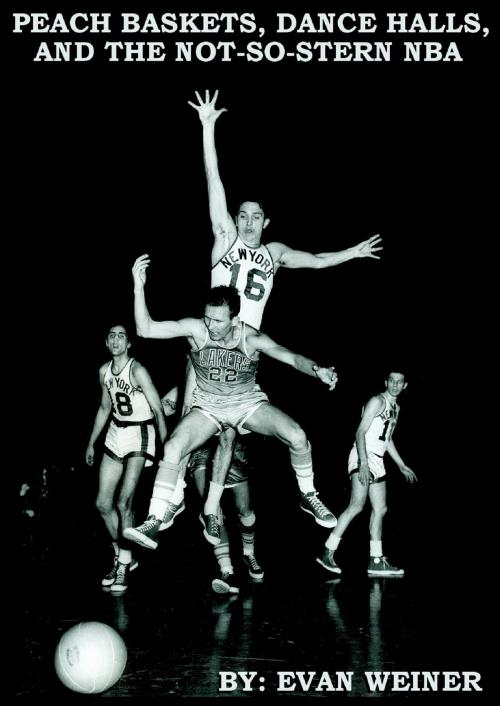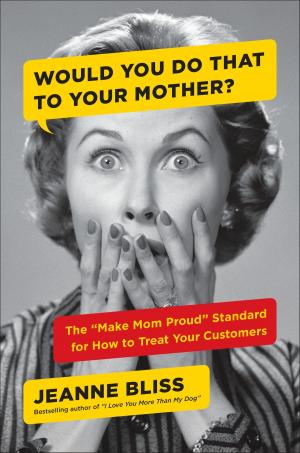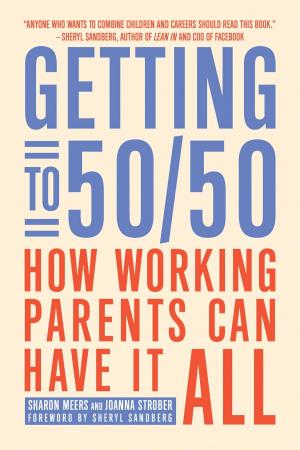From Peach Baskets to Dance Halls and the Not-so-Stern NBA
Nonfiction, Sports, Basketball, Business & Finance| Author: | Evan Weiner | ISBN: | 9781301298235 |
| Publisher: | Evan Weiner | Publication: | April 13, 2013 |
| Imprint: | Smashwords Edition | Language: | English |
| Author: | Evan Weiner |
| ISBN: | 9781301298235 |
| Publisher: | Evan Weiner |
| Publication: | April 13, 2013 |
| Imprint: | Smashwords Edition |
| Language: | English |
In 2013, Basketball may or may not be the world's second most popular sport behind football (soccer) but the game's growth has exploded since the 1984 Olympics. Dr. James Naismith created the game in 1891 and while it was a popular game, the professional version of the sport did not do well. Leagues came and went. Some of the best teams in the early days didn't play in an organized league and instead barnstormed and played games wherever a promoter put down a floor and offered a few bucks to pay the players.
The most successful of all the early basketball leagues, the National Basketball League, began operations in 1937. The NBL was based in the United States with teams that seemingly were aligned with the American auto industry in the Great Lakes region.
In 1946, the American east coast-based arena owners began the Basketball Association of America. By 1949, the BAA owners were able to entice NBL franchises to join the new league and in 1949, the National Basketball Association was formed with the amalgamation of the two leagues.
Basketball in the United States reflected the post-Civil War America. Negro players proved they could play with their white counterparts but were shut out of the professional leagues. The all-Negro clubs, the New York Rens and the Harlem Globetrotters won the World Professional Tournament in 1939 and 1940 beating established all-white National Basketball League teams. The NBL desegregated in 1942. The NBA would not sign a Negro player until 1950.
The Harlem Globetrotters would be scheduled as part of an exhibition-NBA doubleheader in many NBA cities because the Globetrotters will draw a crowd. The 1950s NBA was a sports non-entity.
In the 1960s, two leagues challenged the NBA for major league status in the United States. Both failed but changed the basketball industry despite financial problems.
In the 1980s, the NBA was still on the brink of failure. This is the story of the professional basketball from the people who were there, their story of old cars, dance halls and chasing TV dollars.
The book ends on February 1, 1984, the day David Stern became the fourth Commissioner of the National Basketball Association. Somehow the NBA survived against long odds in the 1940s, 1950s, 1960s and 1970s. Stern's NBA is sturdy. Franchise values have soared over a half billion dollars. The pioneers of basketball never did think the NBA would become a global entity. They were just happy to play pro basketball and then get on with their lives.
In 2013, Basketball may or may not be the world's second most popular sport behind football (soccer) but the game's growth has exploded since the 1984 Olympics. Dr. James Naismith created the game in 1891 and while it was a popular game, the professional version of the sport did not do well. Leagues came and went. Some of the best teams in the early days didn't play in an organized league and instead barnstormed and played games wherever a promoter put down a floor and offered a few bucks to pay the players.
The most successful of all the early basketball leagues, the National Basketball League, began operations in 1937. The NBL was based in the United States with teams that seemingly were aligned with the American auto industry in the Great Lakes region.
In 1946, the American east coast-based arena owners began the Basketball Association of America. By 1949, the BAA owners were able to entice NBL franchises to join the new league and in 1949, the National Basketball Association was formed with the amalgamation of the two leagues.
Basketball in the United States reflected the post-Civil War America. Negro players proved they could play with their white counterparts but were shut out of the professional leagues. The all-Negro clubs, the New York Rens and the Harlem Globetrotters won the World Professional Tournament in 1939 and 1940 beating established all-white National Basketball League teams. The NBL desegregated in 1942. The NBA would not sign a Negro player until 1950.
The Harlem Globetrotters would be scheduled as part of an exhibition-NBA doubleheader in many NBA cities because the Globetrotters will draw a crowd. The 1950s NBA was a sports non-entity.
In the 1960s, two leagues challenged the NBA for major league status in the United States. Both failed but changed the basketball industry despite financial problems.
In the 1980s, the NBA was still on the brink of failure. This is the story of the professional basketball from the people who were there, their story of old cars, dance halls and chasing TV dollars.
The book ends on February 1, 1984, the day David Stern became the fourth Commissioner of the National Basketball Association. Somehow the NBA survived against long odds in the 1940s, 1950s, 1960s and 1970s. Stern's NBA is sturdy. Franchise values have soared over a half billion dollars. The pioneers of basketball never did think the NBA would become a global entity. They were just happy to play pro basketball and then get on with their lives.















